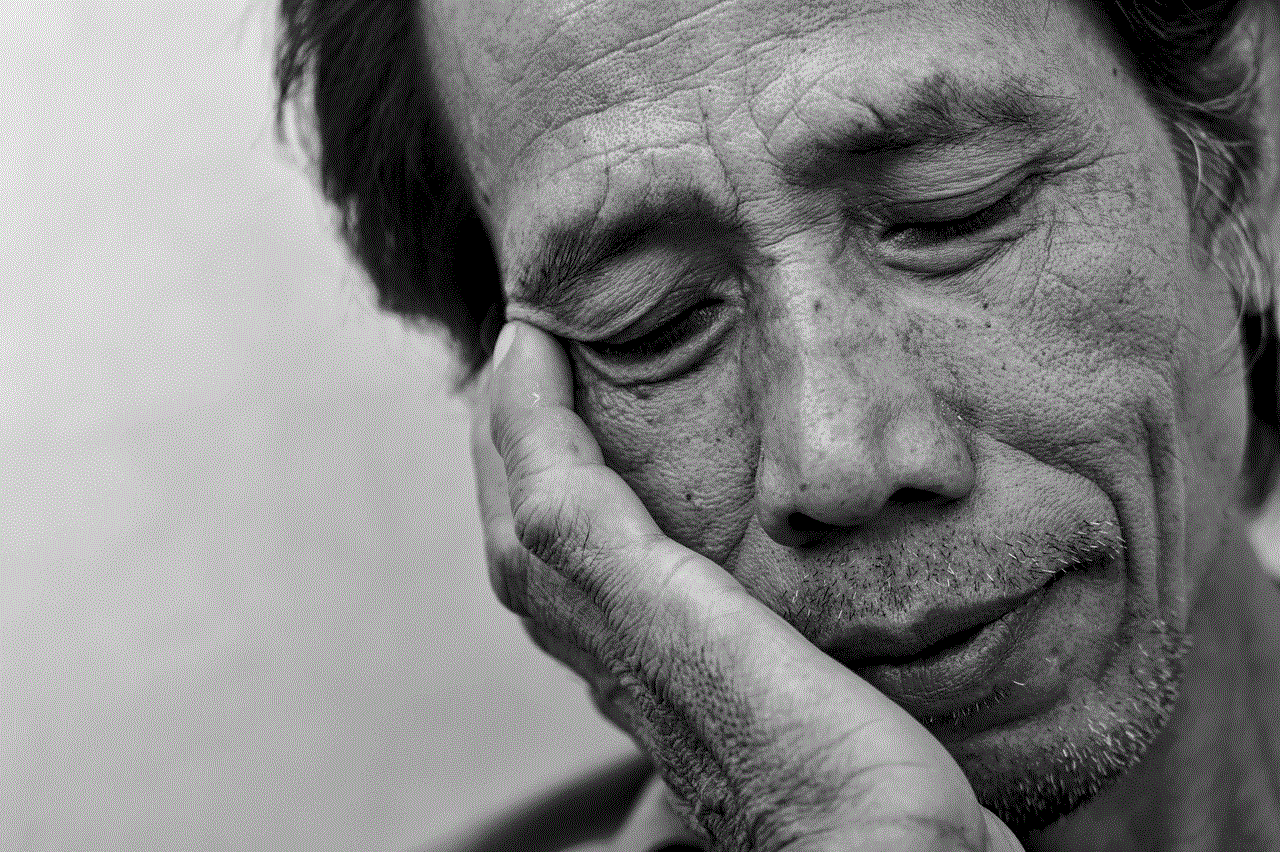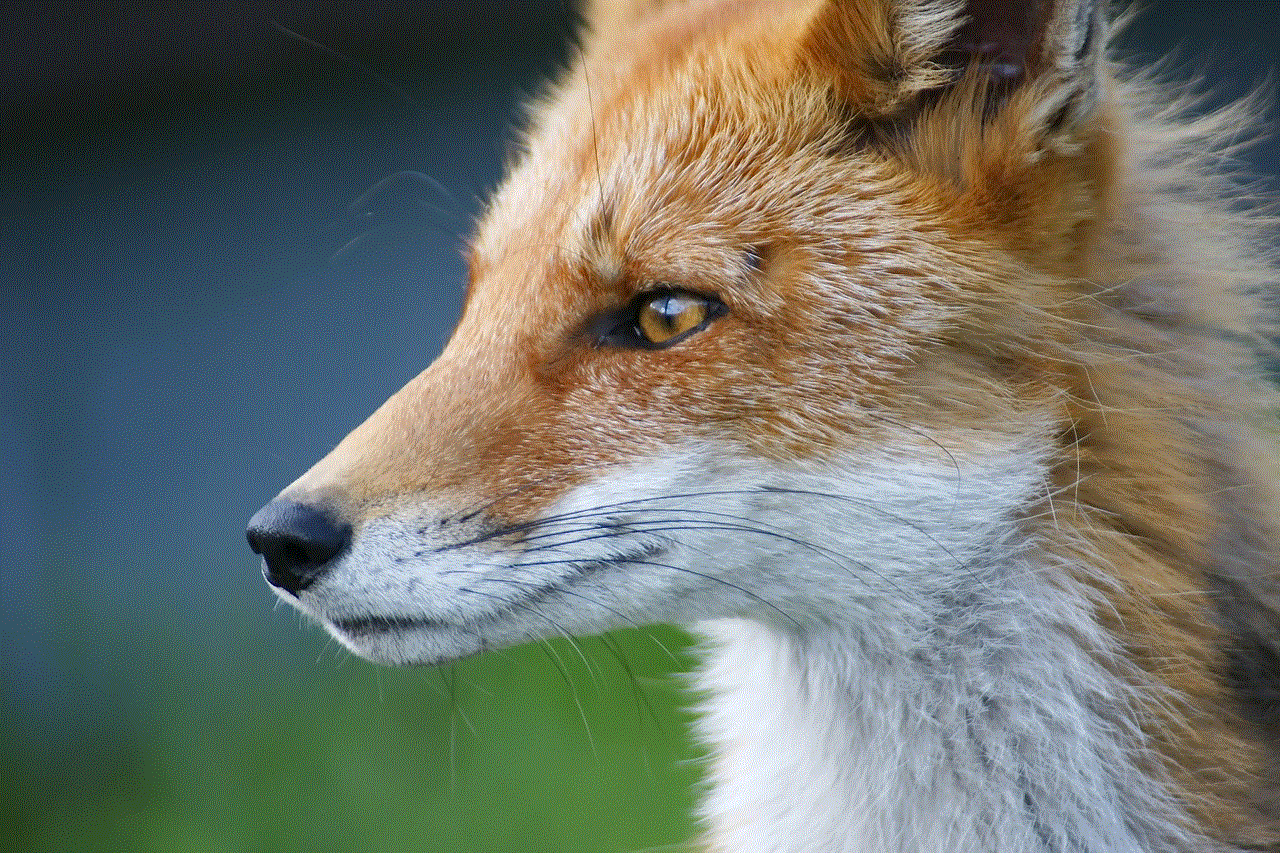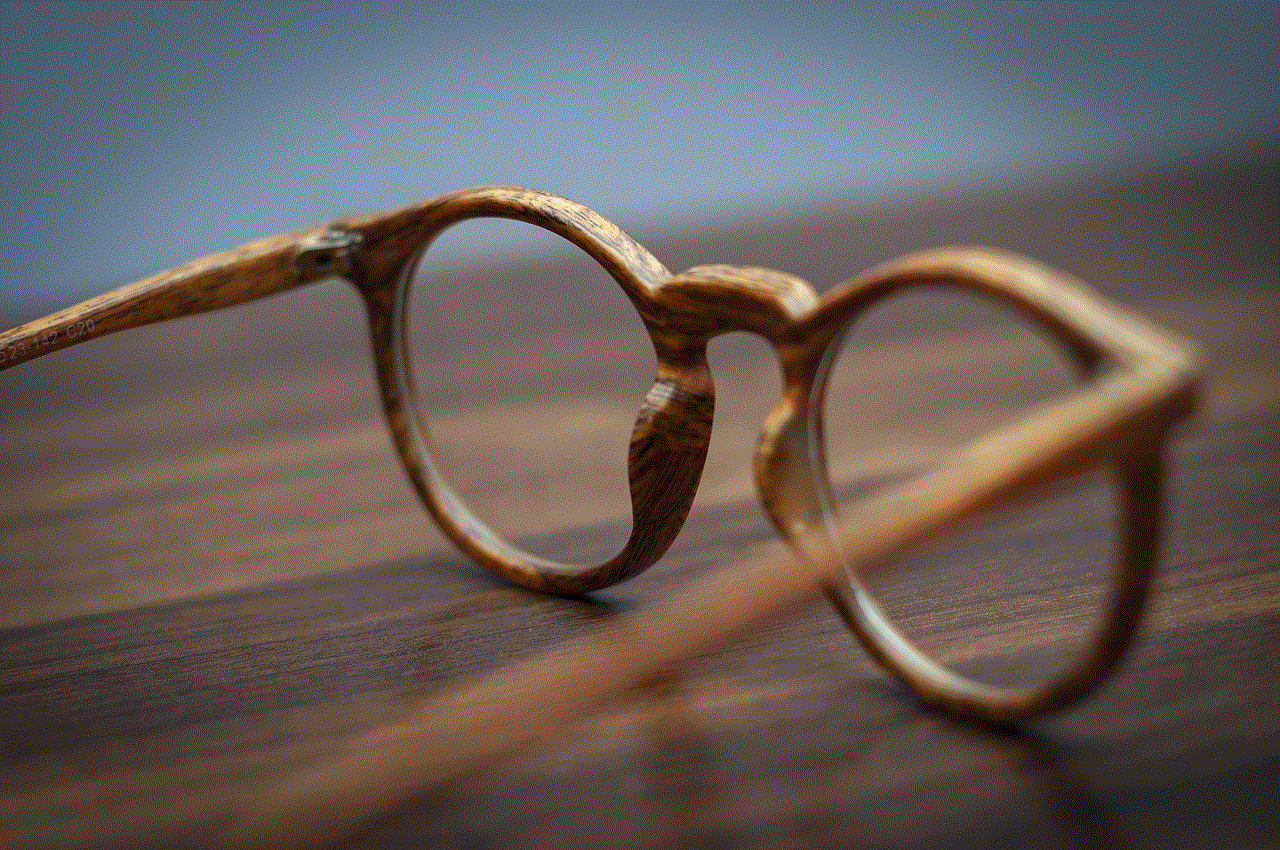is 13 a pre teenager
The pre-teen years, also known as the “tween” years, can be a time of confusion and uncertainty for both children and their parents. It is a transitional stage between childhood and adolescence, and is marked by physical, emotional, and social changes. One of the most commonly asked questions during this period is “Is 13 a pre-teenager?”
To answer this question, we must first understand what exactly is meant by the term “pre-teenager.” According to the American Academy of Pediatrics, a pre-teen is a child between the ages of 9 and 12 years old. This is the stage between early childhood and the teenage years, and is characterized by rapid physical growth and hormonal changes. Therefore, the simple answer to the question is yes – 13 is indeed a pre-teenager.
During this pivotal stage, children are no longer considered young children, but are not yet teenagers either. They are in a unique stage of development, where they are still heavily influenced by their parents and family, but are also seeking their own independence and identity. It is a time of great change and growth, both physically and mentally.
Physically, pre-teens experience a growth spurt, with an increase in height and weight. Girls may start to develop breasts and get their first period, while boys may experience voice changes and facial hair growth. This can be a confusing and sometimes uncomfortable time for pre-teens, as they navigate their changing bodies and hormones.
Emotionally, pre-teens may experience mood swings and heightened emotions. They may feel more self-conscious and aware of their appearance, and may struggle with their self-esteem. At this age, they are also learning to navigate complex social dynamics, which can lead to feelings of anxiety and insecurity.
One of the key aspects of the pre-teen years is the desire for independence and autonomy. Pre-teens want to be treated like young adults and may rebel against their parents’ rules and expectations. This can lead to conflicts and power struggles between parents and their pre-teen children.
So, why is the age of 13 specifically considered the start of the pre-teen years? This is because it is the age when most children enter middle school. This transition from elementary to middle school is a significant one, as children are exposed to a whole new world of academic and social challenges. They are no longer in the safety and familiarity of their elementary school, and are now expected to navigate a larger school environment with multiple teachers and classmates. This can be overwhelming for pre-teens, and may contribute to their feelings of uncertainty and confusion.
Another reason for the age of 13 being considered the start of the pre-teen years is the fact that this is the age when children become more interested in their peers and social relationships. They start to form their own cliques and may prioritize their friendships over their family relationships. This shift in focus can be difficult for parents to accept, as they may feel like they are losing their close connection with their child.
The pre-teen years are also marked by the beginning of puberty. This is a natural and necessary stage of development, but it can be a source of anxiety for many children. They may feel embarrassed and self-conscious about the changes happening to their bodies, and may compare themselves to their peers. This can lead to body image issues and a heightened focus on appearance.
During this time, it is important for parents to have open and honest conversations with their pre-teen children about puberty and the changes they are experiencing. It is also crucial for parents to listen to their child’s concerns and provide support and reassurance. This can help pre-teens feel more comfortable and confident during this sometimes awkward and challenging stage.
In addition to physical and emotional changes, pre-teens also experience cognitive and social changes. They are developing their critical thinking skills and may start to question authority and societal norms. This can lead to a clash of opinions between parents and their pre-teen children, as they may have different perspectives on various issues.
Pre-teens also start to form their own values and beliefs, which may differ from those of their parents. This can be a difficult concept for parents to accept, as they may feel like they are losing their influence on their child. However, it is important for parents to respect their child’s individuality and allow them to explore their own beliefs and values.
Furthermore, pre-teens may start to engage in risky behaviors, such as experimenting with drugs and alcohol, as they try to assert their independence and fit in with their peers. This can be a scary reality for parents, but it is important to have open and honest conversations with their children about the potential consequences of such behaviors.
So, how can parents navigate the pre-teen years and support their child during this transitional stage? Firstly, it is important for parents to acknowledge and accept that their child is growing up and going through changes. This can be challenging for parents, but it is important to embrace their child’s development and provide a safe and supportive environment for them to explore their identity.
It is also crucial for parents to communicate openly and honestly with their pre-teen children. This means being approachable and non-judgmental, and actively listening to their concerns and opinions. This will help strengthen the parent-child relationship and build trust and respect.
Parents should also be aware of their child’s social circle and monitor their activities, without being overly controlling. It is important for children to have their own space and privacy, but parents should still be involved in their child’s life and know who they are spending time with.
In addition, parents should educate themselves about the changes and challenges their pre-teen child may be facing. This can help them better understand their child’s behavior and provide appropriate support and guidance.
In conclusion, 13 is indeed a pre-teenage age. It is a critical time of development for children, marked by physical, emotional, cognitive, and social changes. Parents play a crucial role in supporting their pre-teen child during this transitional stage, by being understanding, communicative, and involved in their child’s life. By navigating the pre-teen years with patience, understanding, and love, parents can help their child successfully transition into adolescence and become confident and independent individuals.
how to see photos you liked on instagram 2022
Instagram has become one of the most popular social media platforms, with over 1 billion active users worldwide. With its focus on visual content, it has gained a massive following, especially among the younger generation. One of the features that make Instagram so appealing is the ability to like and share photos with just a tap of a button. But what happens to all the photos that you have liked on Instagram? How can you go back and see them? In this article, we will discuss everything you need to know about how to see photos you liked on Instagram in 2022.



The first thing to note is that Instagram does not have a feature that shows you all the photos you have liked in one place. Unlike other social media platforms like facebook -parental-controls-guide”>Facebook , where you can easily view all your liked posts, Instagram does not have a similar function. This can be frustrating for users who want to revisit their liked photos or save them for later. However, there are a few workarounds that you can use to view your liked photos on Instagram. Let’s explore them in detail.
1. Using the Activity tab
The Activity tab on Instagram shows you all the recent activity on your account, including likes, comments, and follows. You can access this tab by tapping on the heart-shaped icon at the bottom of the screen. By default, the Activity tab shows your likes and comments on posts by other users. However, you can also use it to view the photos you have liked on Instagram.
To view your liked photos on Instagram, go to the Activity tab and tap on the “Following” option at the top. This will bring up a list of all the users you follow on Instagram. Now, tap on the “You” tab next to “Following” to see all the photos you have liked. This will show you a chronological list of all the posts you have liked, with the most recent ones at the top. You can scroll down to view all your liked photos.
2. Using the Archive feature
Another way to view your liked photos on Instagram is by using the Archive feature. This feature allows you to hide photos from your profile without deleting them. To use this feature, go to your profile and tap on the three horizontal lines at the top right corner. This will open the menu, where you will see the “Archive” option. Tap on it to access your archived posts.
In the Archive section, you will find two tabs – “Posts” and “Stories.” Tap on the “Posts” tab, and you will see all your archived posts. Now, tap on the “Posts Archive” at the top and select “Likes” from the drop-down menu. This will show you all the posts you have liked on Instagram. You can tap on any post to view it, or you can tap on the three dots at the top right corner to unarchive the post and make it visible on your profile again.
3. Using the Photos of You tab
If someone has tagged you in a post on Instagram, it will show up in the Photos of You tab on your profile. This tab is typically used to showcase posts where you have been tagged by other users. However, you can also use it to view the photos you have liked. To do this, go to your profile and tap on the “Photos of You” tab. Then, tap on “Tagged” at the top of the screen. This will show you all the posts where you have been tagged, including the ones you have liked.
4. Using the Search bar
The Instagram search bar is another useful tool for finding your liked photos. Simply tap on the search bar at the top of the screen and type in your username. This will bring up your profile, and you can tap on it to view your profile. Now, tap on the “Liked” tab to see all the posts you have liked. You can also use this method to view the posts liked by other users by searching for their username in the search bar.



5. Using a third-party app
If you want a more convenient way to view your liked photos on Instagram, you can use a third-party app. There are several apps available on the App Store and Google Play Store that allow you to view your liked photos on Instagram. Some popular options include LikeKeeper, LikePost, and LikeMatic. These apps work by syncing with your Instagram account and showing you all the posts you have liked. However, keep in mind that you will have to grant these apps access to your Instagram account, which may compromise your privacy.
6. Using web browsers
Another way to view your liked photos on Instagram is by using web browsers. You can access Instagram on any web browser by typing in “www.instagram.com” in the address bar. Once you have logged in, click on your profile picture at the top right corner. This will take you to your profile, where you can click on the “Posts you’ve liked” option. This will show you all the posts you have liked on Instagram. However, this method is only available on desktop and cannot be used on the Instagram app.
7. Saving photos to collections
In 2016, Instagram introduced the “Save” feature, which allows you to save posts to collections. This feature can be used to save your liked photos for quick access later. To do this, simply tap on the bookmark icon at the bottom right corner of any post. This will save the post to your “Saved” collection, which you can access by tapping on the three horizontal lines at the top right corner of your profile and selecting “Saved.” This method is useful if you want to save specific posts that you have liked for future reference.
8. Using Instagram’s data download feature
Instagram also allows you to download all your data from the app, including your liked photos. To do this, go to your profile and tap on the three horizontal lines at the top right corner. Then, select “Settings” and tap on “Security.” Under the “Data and History” section, tap on “Download Data.” Instagram will then ask you to enter your email address and password to verify your identity. Once you have done that, Instagram will send you an email with a link to download your data. This method is useful if you want to view all your activity on Instagram, including the photos you have liked.
9. Using Instagram’s Explore tab
The Explore tab on Instagram is where you can discover new content based on your interests. However, it can also be used to view your liked photos. To do this, go to the Explore tab and tap on the search bar at the top. Then, type in your username and click on your profile to see all your posts. You can then tap on the “Liked” tab to view the photos you have liked.
10. Manually scrolling through your profile



Lastly, you can also manually scroll through your profile to view your liked photos. This method is time-consuming, but it is an option if you don’t want to use any of the above methods. Simply go to your profile and start scrolling down to view all your posts. You can tap on any post to see if you have liked it or not.
In conclusion, while Instagram does not have a direct feature that shows you all the photos you have liked, there are several workarounds that you can use to view them. From using the Activity tab to saving posts to collections, there are plenty of options to choose from. However, keep in mind that some of these methods may compromise your privacy, so use them at your own discretion. With these tips, you can easily view all the photos you have liked on Instagram in 2022.
